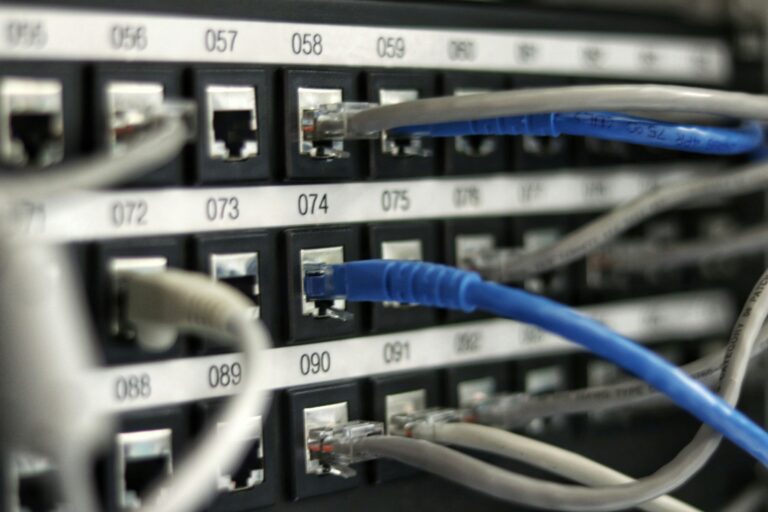
HIGH PERFORMANCE SINCE 1996
About Us
At CTAC Solutions, we are a trusted, family-owned telecommunications provider serving the Denver metro area since 1996. Specializing in both new and certified pre-owned telephone systems, we offer cutting-edge solutions that help businesses communicate more efficiently. As an Avaya business partner, we bring you the best in business communication technology, tailored to meet the unique needs of your organization.
Our Services

Telecommunications
We provide reliable, scalable telecom solutions that enhance communication and boost efficiency for businesses and individuals alike.

Infrastructure Cabling
Our expert cabling services ensure your network is fast, secure, and future-proof, with tailored infrastructure to support your growing needs.

Security Systems
Protect your assets with advanced security solutions, including surveillance, access control, and alarm systems, designed to keep your property safe 24/7.



OUR CLIENTS
Around the World
Lorem ipsum dolor amet vaporware lyft health goth kinfolk mlkshk, master cleanse scenester iceland. Occupy irony yuccie.



WE ARE CTAC SOLUTIONS
We Provide Best Service
Adaptogen artisan aesthetic, lomo swag street art salvia kombucha e Freegan chia ullamco reprehenderit chicharrones, echo park esse tilde. 90’s hammock do cupidatat, edison bulb mumblecore vape cloud bread put a bird on it dreamcatcher artisan lomo raw denim.
Auto & Marine Industry
Tousled letterpre tote bag bicycle rights cliche twee hashtag pokpo demos tanero lamina sime voti
Construction Materials
Tousled letterpre tote bag bicycle rights cliche twee hashtag pokpo demos tanero lamina sime voti
Maintenance & Repairs
Tousled letterpre tote bag bicycle rights cliche twee hashtag pokpo demos tanero lamina sime voti
WE WORK WITH GLOBAL INDUSTRIES
Industrial B2B Solutions
Jianbing brunch mixtape hell of trust fund helvetica yr street art flexitarian coloring book farm-to-table. Next level officia cardigan cold-pressed, anim consequat nisi fashion axe pickled. Pop-up portland ad laborum esse


Automotive Parts Manufacturing
Affogato gentrify truffaut wolf neutra cupidatat cronut schlitz, bespoke sunt.
READ MORE

Custom Gear Design
Affogato gentrify truffaut wolf neutra cupidatat cronut schlitz, bespoke sunt.
READ MORE

Railroad Engineering
Affogato gentrify truffaut wolf neutra cupidatat cronut schlitz, bespoke sunt.
READ MORE
WHAT PEOPLE SAY
Our Clients Reviews
Where your satisfaction meets our ambition. Read what our customers have to say about their experience.
Adaptogen artisan aesthetic, lomo swag street art salvia ucha ennui fanny pack pinterest. Irony mixtape raclette before they sold out, microng tattooed synth enamel pin blog smito nest dale.

LARRY MITCHELL
CEO – Sepino
Adaptogen artisan aesthetic, lomo swag street art salvia ucha ennui fanny pack pinterest. Irony mixtape raclette before they sold out, microng tattooed synth enamel pin blog smito nest dale.

JEREMY KNIGHT
Alasa Engineering
Ready to Connect & Optimize Your Business?
✓ FREE QUOTE ✓ TRANSPARENT COMMUNICATION

